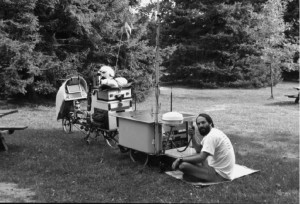
Steven (N4RVE) working the world from his bike BEHEMOTH, somewhere in Wisconsin. (Photo: S. Roberts)
One of the most fascinating responses I received after posting the story of my buddy Vlado’s incredible thrift store find (a Sony ICF-2010 for just $5) came from Steven Roberts, who told me that, in the 1980s, he cycled across the United States with the Sony ICF-2010 in tow.
Indeed, Steven carried much more than just the Sony on his memorable trip: he had a custom designed computer (circa late 80s), a fully-functioning ham radio station, as well as all of his camping and living supplies, mounted on his custom-designed recumbent bike…Wow.
Talk about someone with vision! I asked Steven if I could post this for SWLing Post readers, to which he replied:
Thanks! I have a pretty good summary of the whole crazy adventure at this link, and the bike is now in the Computer History Museum. Fast-Forward two decades, and I’m geeking-out a 44-foot steel sailboat (including a wrap-around rack console for audio, comms, and electronics lab). Here’s the bike: http://microship.com/resources/technomadic-tools.html
You’re most welcome, Steven–and many thanks, for the inspiring story! We look forward to hearing about your adventures on the water…
If you have a story you’d like to share, please contact me.
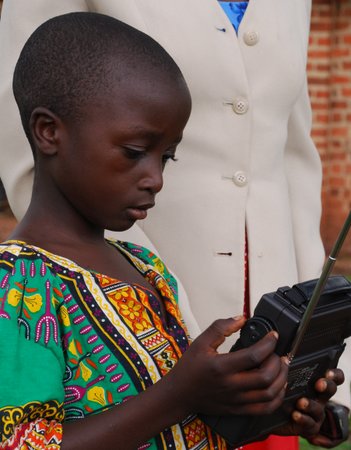


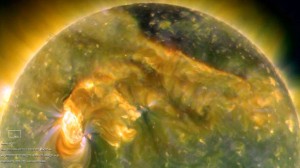

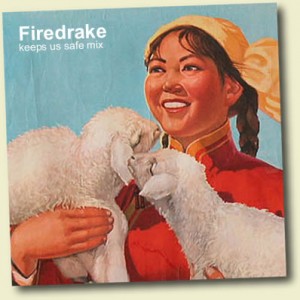
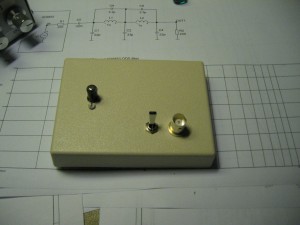
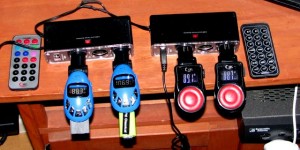 Dave Schmarder (N2DS) enjoys making radios and featuring them on his website,
Dave Schmarder (N2DS) enjoys making radios and featuring them on his website,